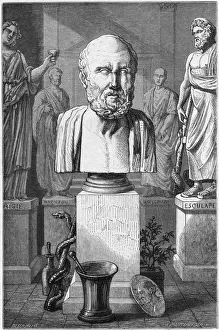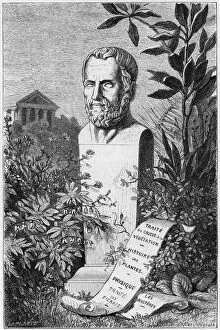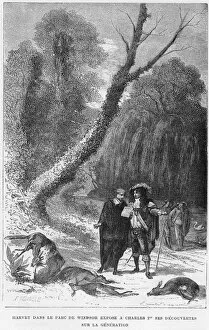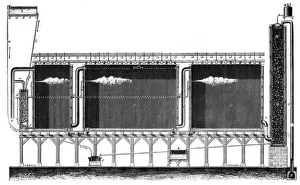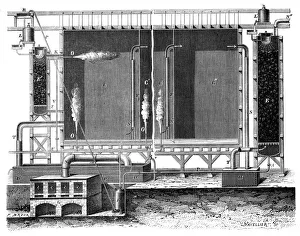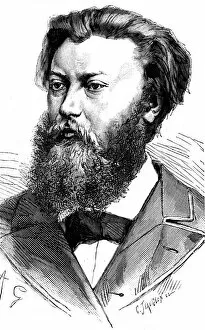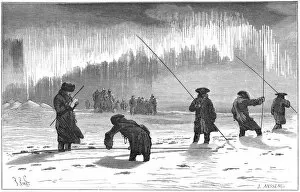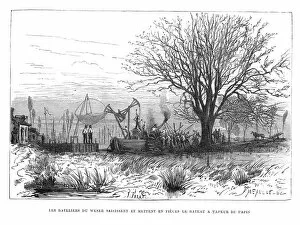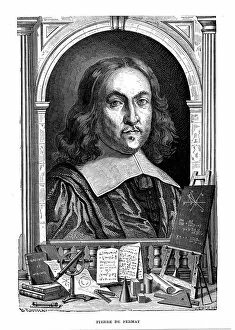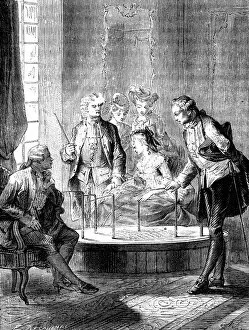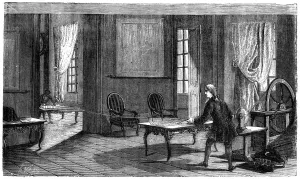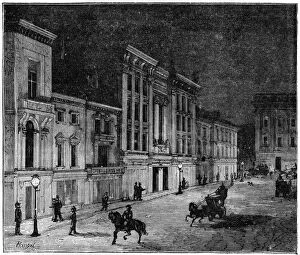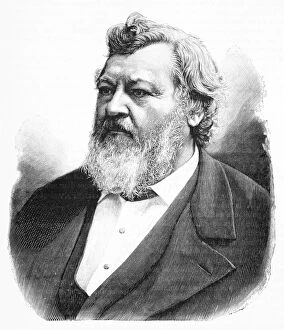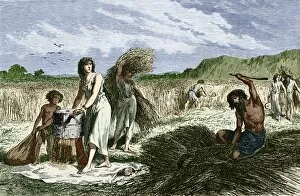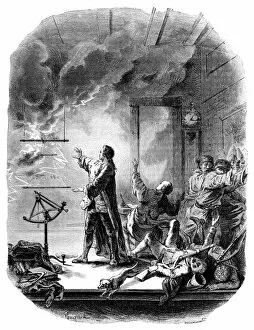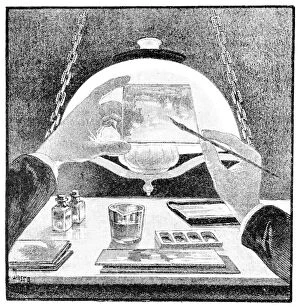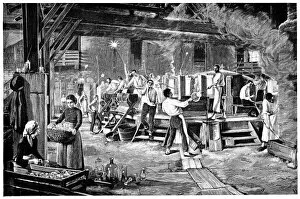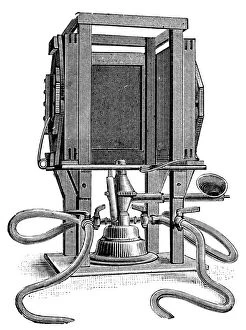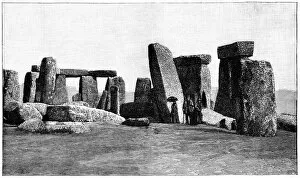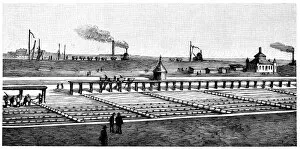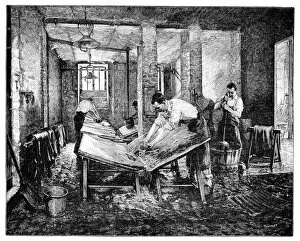Louis Figuier Collection (page 2)
Louis Figuier was a man of many interests and accomplishments. In the 19th century, he delved into various fields, leaving his mark in each one
All Professionally Made to Order for Quick Shipping
Louis Figuier was a man of many interests and accomplishments. In the 19th century, he delved into various fields, leaving his mark in each one. As an avid cyclist, Figuier understood the importance of using specific muscles while riding. He studied and analyzed the different muscle groups involved in cycling, contributing to our understanding of this popular sport. In 1889, Figuier turned his attention to nature's wonders by exploring bonsai dwarf pines. His research on these miniature trees shed light on their cultivation techniques and captivated enthusiasts around the world. Figuier's curiosity also led him to Cornish tin mines. Fascinated by the mining industry's intricacies during that era, he documented its operations and shared valuable insights into this vital sector. The medical field greatly benefited from Figuier's work as well. He extensively researched Calots spinal surgery in the 19th century, providing invaluable knowledge for advancements in surgical procedures and patient care. The industrial revolution witnessed significant breakthroughs with Figuier at its forefront. He closely examined oil wells' impact during this period, highlighting their role in shaping modern energy production methods. Another groundbreaking invention that fascinated Figuier was Marconi's radio. Recognizing its potential early on, he chronicled Marconi's achievements and foresaw how it would revolutionize communication forever. Figuier had a deep appreciation for nature and its intricate systems; thus beekeeping became another subject close to his heart. His studies on bees' behavior contributed immensely to apiary practices still used today. One monumental project that captured Figuier's attention was the construction of Manchester Ship Canal in the 19th century. Through meticulous research and documentation, he showcased how this engineering marvel transformed trade routes and bolstered economic growth for Manchester. Even historical discoveries intrigued Figuier; Galileo Galilei's observations of Jovian moons back in 1610 fascinated him.

